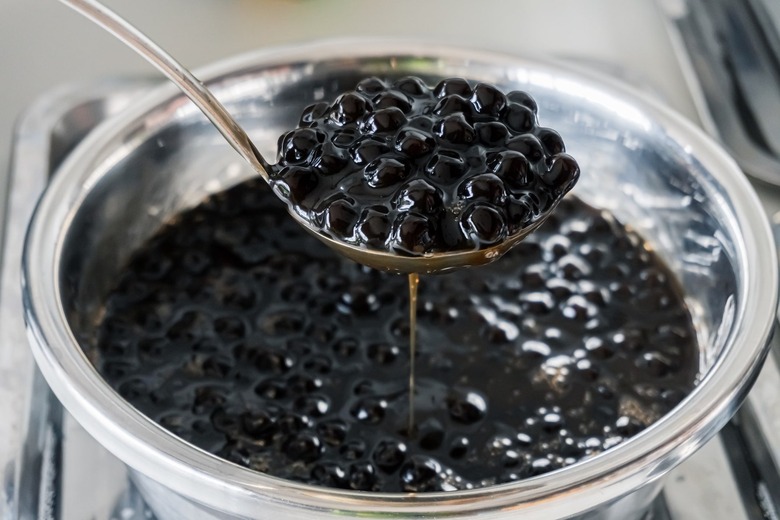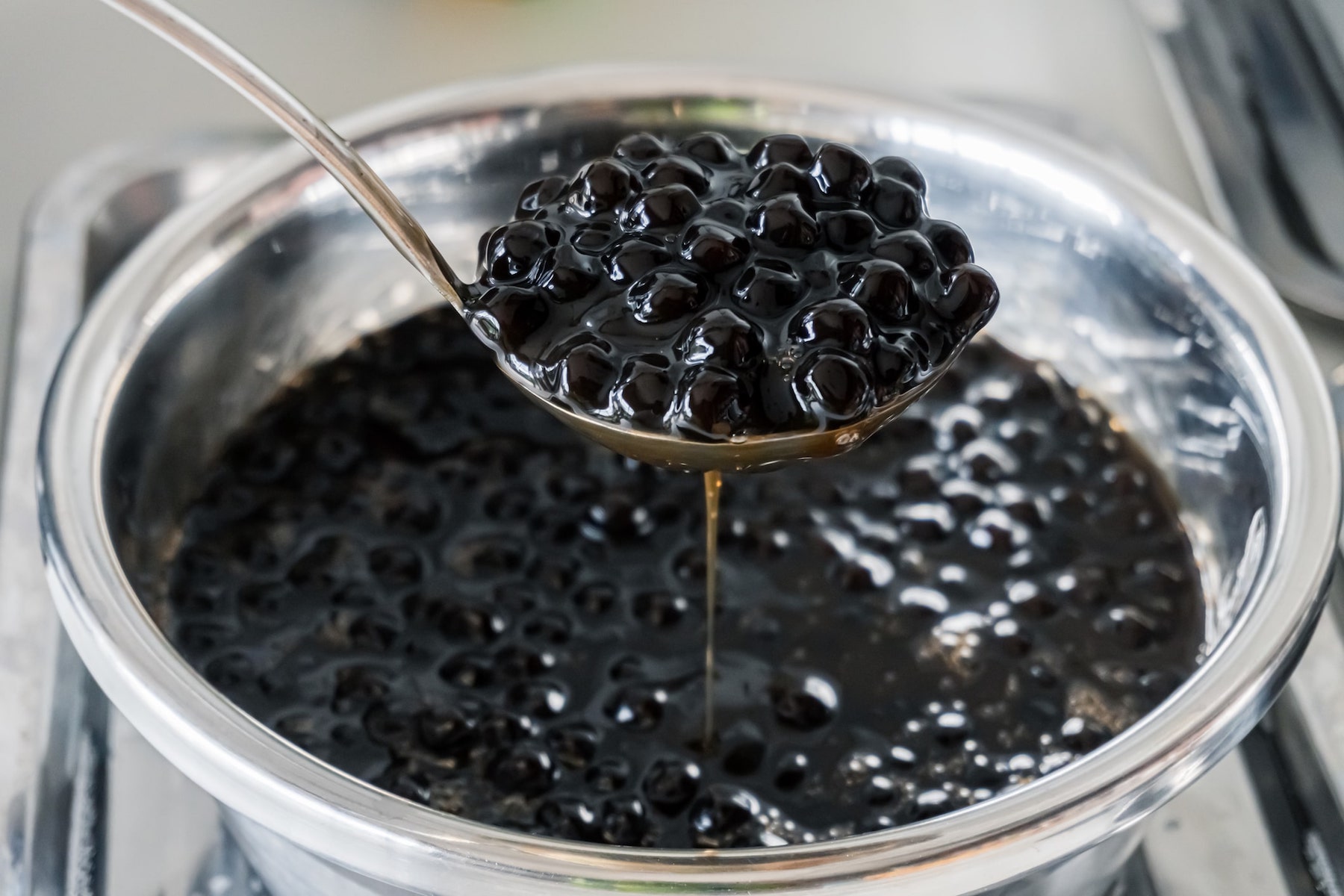What Is Bubble Tea?
Imagine walking down the street and you come across a storefront with bright, colorful advertisements for boba tea. The poster shows that the beverage comes in various, vibrant flavors — from matcha and mango to taro and strawberry — and it pulls you in to make an order. But you don't even know where to begin when you see all of the creative ways you can customize your drink. How do you choose a base, flavors or toppings? What exactly is boba?
Junk Food Trivia and Fun Facts
It would be difficult to avoid boba shops today, especially if you live in major cities like New York City or Los Angeles. Though its recognition and popularity have grown in the United States over the last couple of years, boba tea has been around for a long time.
What is boba?
Depending on where you live in America, you may hear this colorful beverage called different names — bubble tea, boba milk tea or pearl milk tea. But let's start by clarifying what boba is. Boba can refer to a cold tea-based drink or juice filled with tapioca pearls or fruit bits. But it's also used to refer to the tapioca pearls, which are small chewy orbs that sit at the bottom of most boba teas.
A classic boba or bubble tea typically consists of black tea, milk and tapioca pearls. But over time, people have experimented with different combinations. Black or green tea are most common used as the base of the drink; you can then choose to add flavored syrups like peach, strawberry or lychee along with milk and ice cubes. If you're not a fan of creamy milk teas, you can always get fruit teas without the milk. For the coffee connoisseurs, most menus include coffee milk teas, so you can get your caffeine fix.
What are tapioca pearls?
You must be curious about those little pearls that give boba tea its unique appearance. Tapioca pearls (or boba pearls) are made of cassava starch, which comes from the cassava plant. These pearls start off white, hard and tasteless, but then they're boiled and steeped in a sugary syrup (often brown sugar or honey) for hours. Once they're ready, they become those beloved dark, chewy pearls that have to be slurped up with an extra-large straw.
Where did boba tea come from?
This amazing beverage originated in Taiwan in the early 1980s. It's hard to pinpoint the exact location or the first person who came up with the idea of boba tea, but at a certain point during the '80s, tea shops began serving cold tea mixed with fruity flavorings and the iconic tapioca pearls. By the early 1990s, boba tea expanded to other places like Japan and Hong Kong. Soon after, this Taiwanese beverage took America by storm — shops appeared in local Chinatowns, Taiwanese neighborhoods and even non-Asian shopping districts. Now you'd be hard-pressed to visit a college town in the U.S. where you couldn't get your boba fix.
How did bubble tea receive its name?
It's a common misconception that boba tea is referred to as bubble tea due to the bubble-like tapioca pearls at the bottom of the cup. However, when fruit flavorings are added, the tea needs to be well-shaken either by hand or machine. This creates a foamy layer of bubbles at the top of the drink, which gave this beverage its name.
Different franchises have opened across America to spread the love of boba tea. This cold drink can be made perfectly to fit your taste buds, whether you're craving fruity tea or creamy milk tea. If you're lactose intolerant, most shops offer milk alternatives; you can substitute soy, almond, oat milk and other non-dairy options. You can enjoy this beverage all year round, though most people prefer drinking it in the summer because it's one of the best things to drink to recover on a hot day.
.

